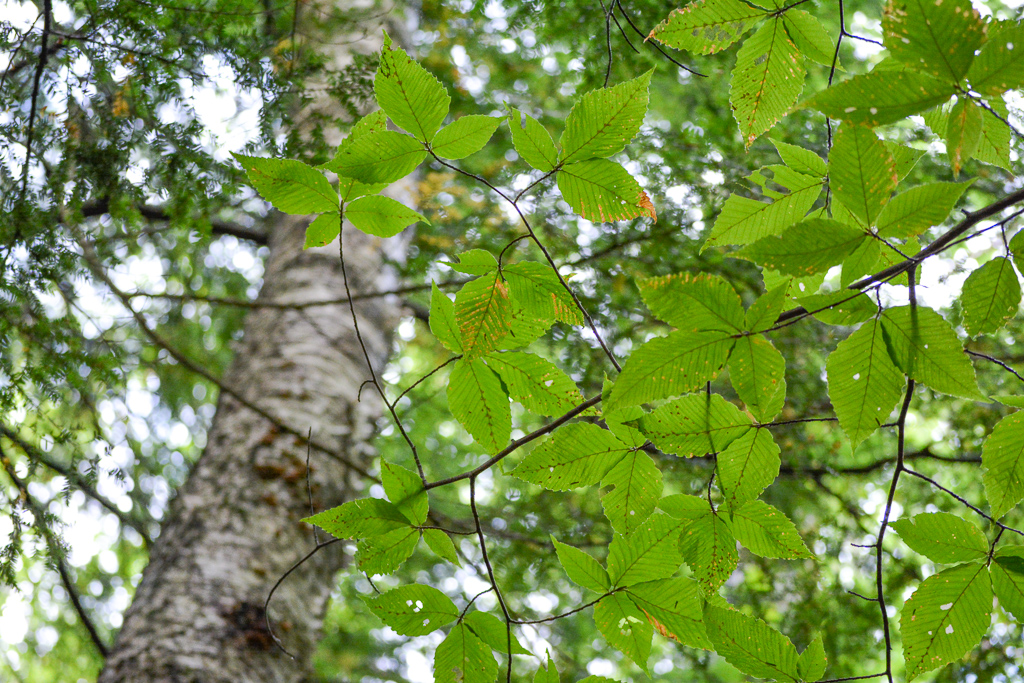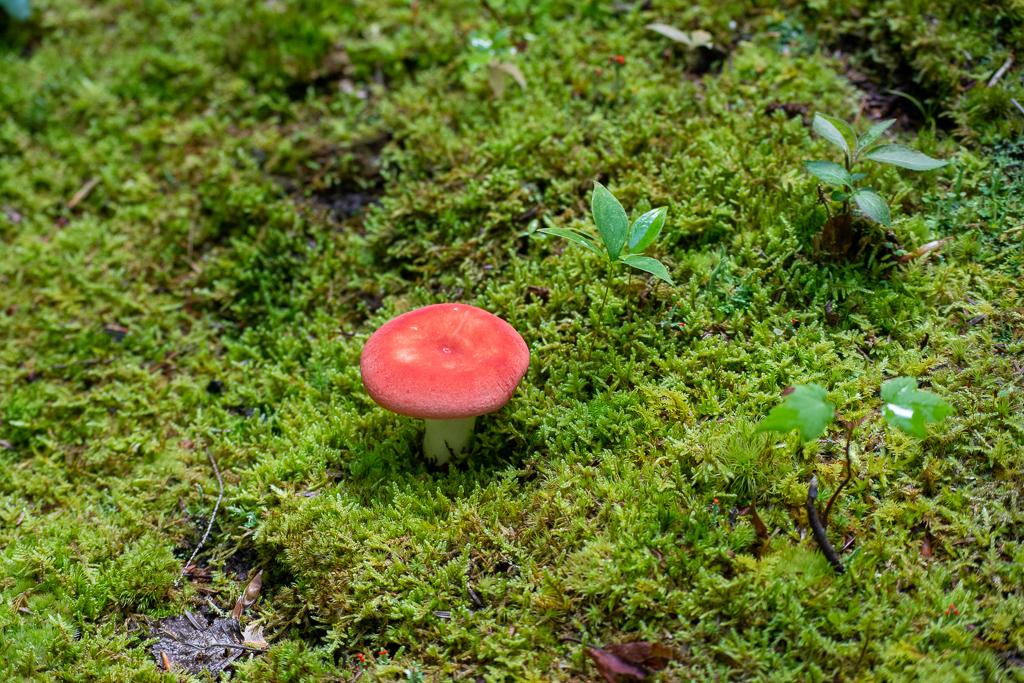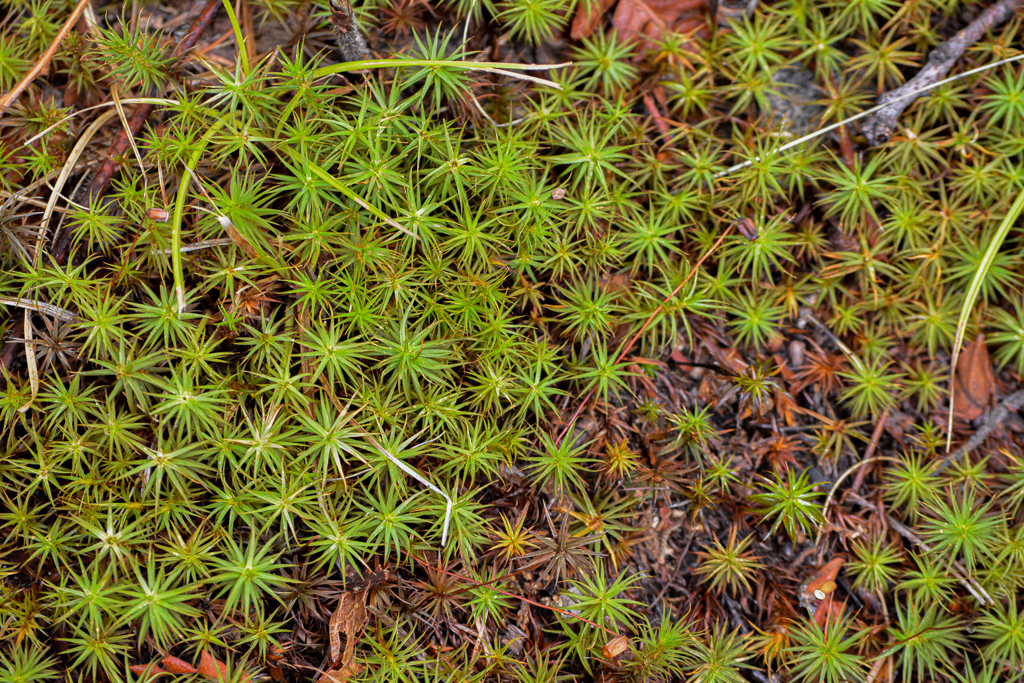What I Learned on a Walk in the Woods

Since recently starting as the Forest Stewardship Outreach Program Manager, I was eager to get out in the woods with our county foresters. While working as the Natural Resources Administrative Assistant over the past nine months, the county foresters were elusive figures I would hear about in passing. I had a general understanding that they provided technical assistance to folks, but I was green (pun intended), in terms of what the forester-landowner relationship actually looked like. However, last week I got my first glimpse into the world as a county forester.
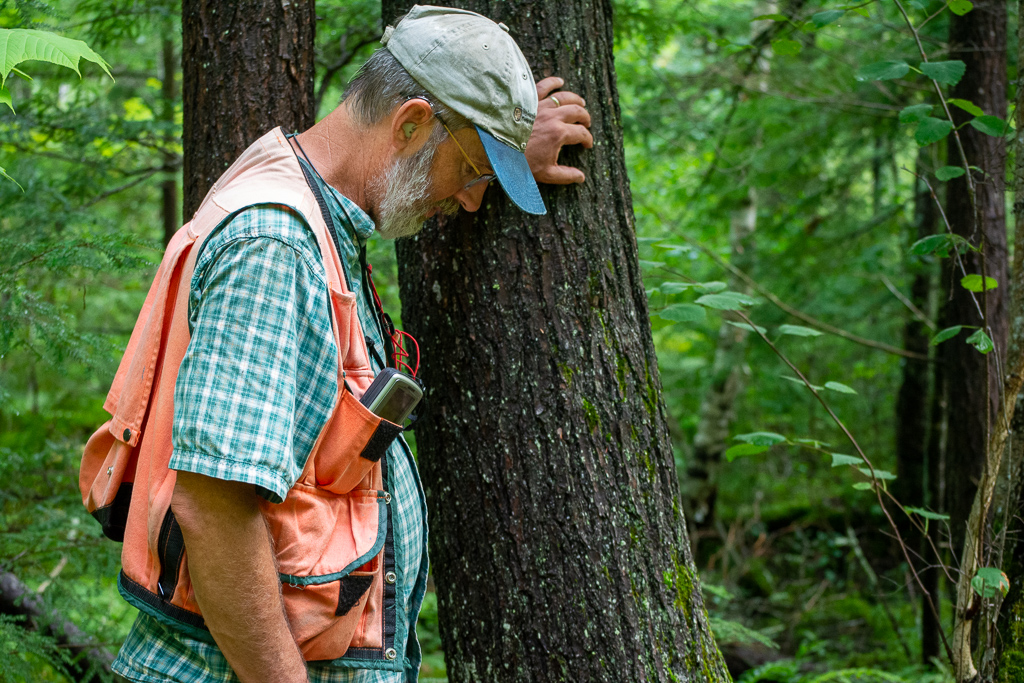
I had the opportunity to tag along with Tim Fleury, Merrimack County Extension Forester, on a woodlot visit. The landowners we met with had slowly acquired upwards of 100 acres over the years from family and neighbors. They created and maintain a system of trails they allow the neighborhood to enjoy for recreation. Prior to the visit, Tim spoke with the landowners to get a sense of their interests and hopes for their woodlot. As a result of that initial conservation, we knew the landowners were interested in learning more about conservation easements. A conservation easement means landowners permanently protect their land from development for generations to come.
Tim started off our visit with some small talk with the landowners so they could get to know one another. Tim also gave the landowners an overview of conervation easments, and what they could expect if they choose that path. We spent the next several hours with these folks roaming around their property.
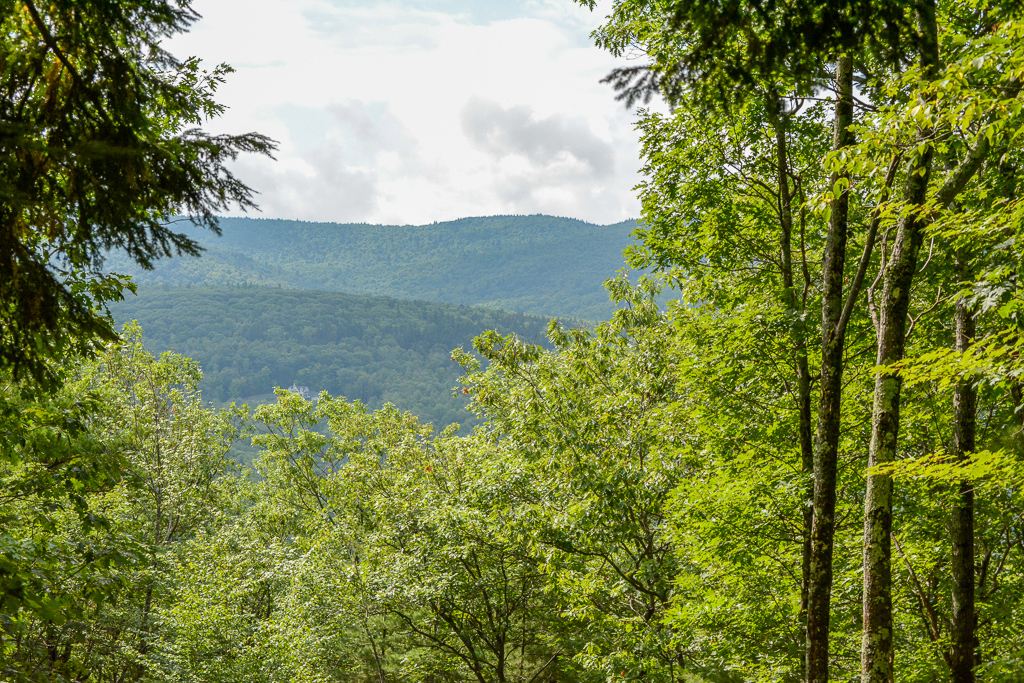
As we walked, Tim pointed out interesting things here and there. Every so often we would stop, and he would point out areas where there was the potential to improve wildlife habitat. We came to a semi-open meadow with grass that the landowners regularly mow. Tim explained that by adding perennial grasses and wildflowers, in general adding biodiversity, they could greatly improve the habitat for pollinators and foragers.

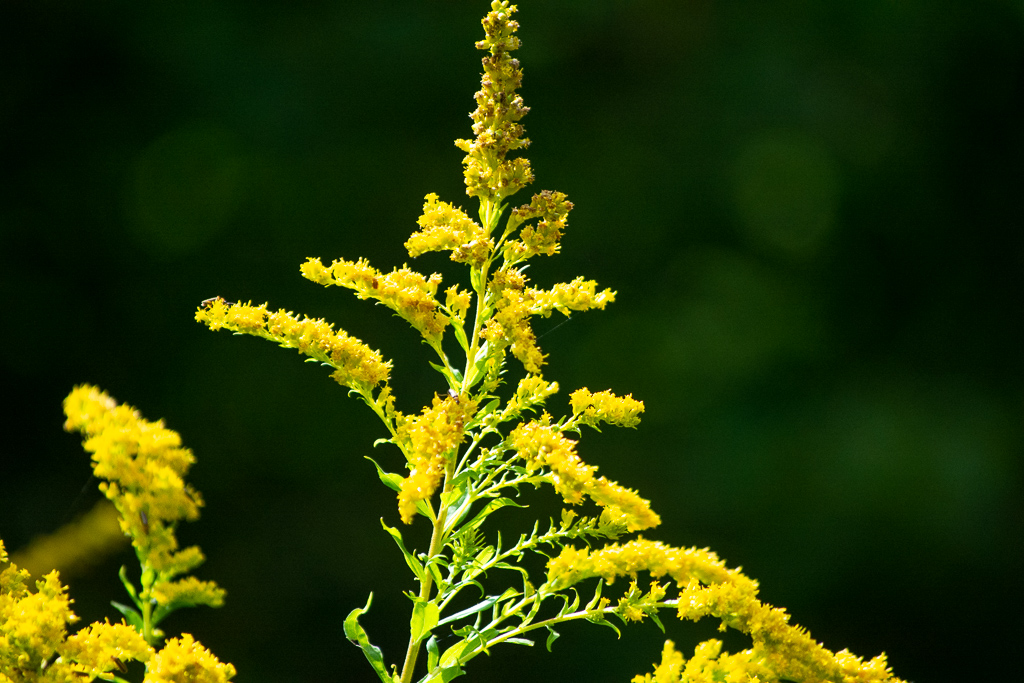
At various times Tim would point out areas where the landowners could thin out unhealthy trees to give higher quality trees a better chance to grow. By thinning trees, you free up space giving tree crowns a chance to expand. When the crown increases in size, the trunk diameter will follow. We continued along the path and came upon a ledge area where Tim pointed out that “not all soil is created equal." Ledge areas are tougher sites to manage because there is usually little return when it comes to timber.
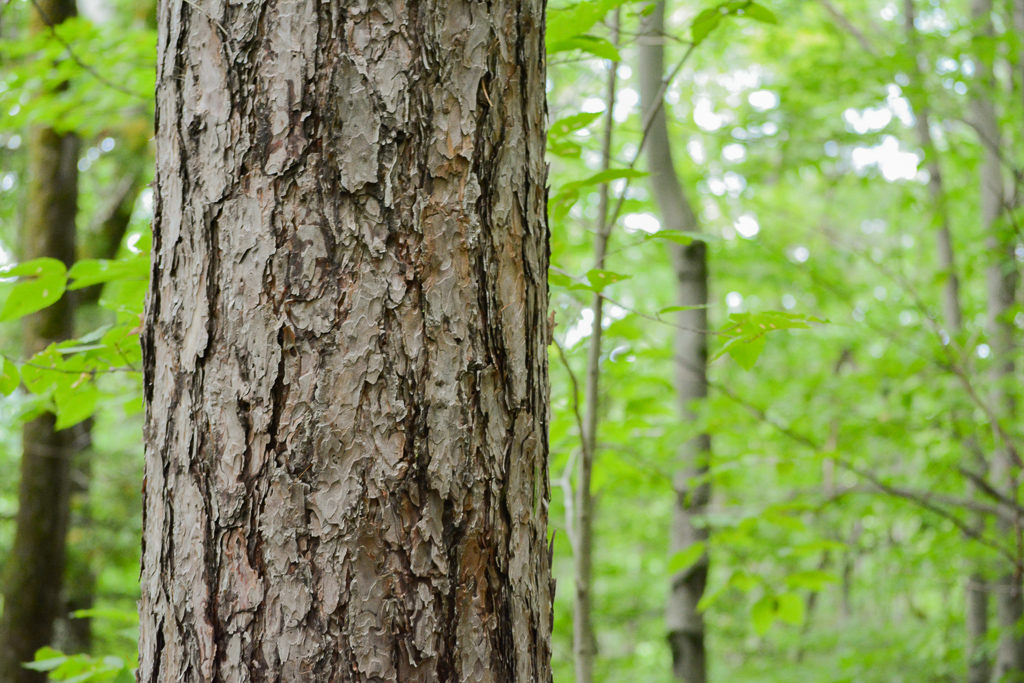
As we started our return trip, I was surprised when we happened upon a forested wetland. Wetlands provide many environmental benefits including adding biodiversity and improving water quality. This particular wetland is extremely beneficial because of its proximity to a large lake. This wetland filters and removes sediment, nutrients, and pollutants from the water—before it flows down to the lake where water quality could be impacted.

At this point we were almost back to the trailhead when we came across beech nuts scattered all over the ground. Tim was surprised and said that “bears don’t usually let these hit the ground," especially because bears love beech nuts because they are high in protein and fat, which is why bears will usually climb trees to get to them. Tim also pointed out a few trees that had beech bark disease which involves an insect and fungus relationship. The beech scale (sap-sucking insect) creates wounds in the tree allowing the fungus to enter the tree.
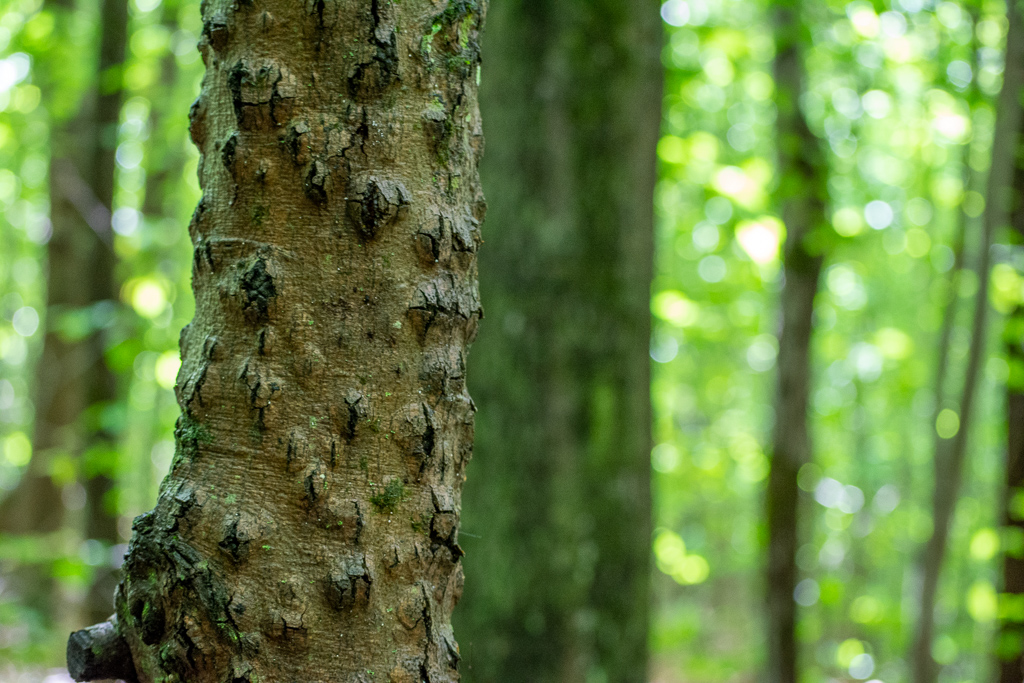
In my afternoon following along on a woodlot visit, I gained a new appreciation for the forester-landowner relationship. As Tim said, “it’s about the people." It’s surprisingly intimate. We spent over three hours with these landowners, listening to their concerns, learning about how their family enjoys the land, and laughing at their personal anecdotes. It’s about developing a relationship where the landowners consider county foresters as a resource providing reliable technical and educational advice.
Check out some additional photos from my walk in the woods below!
